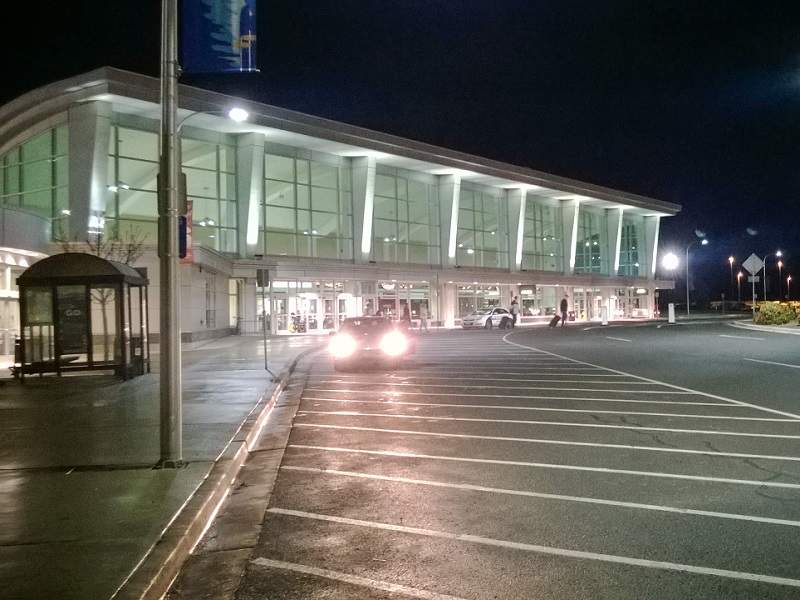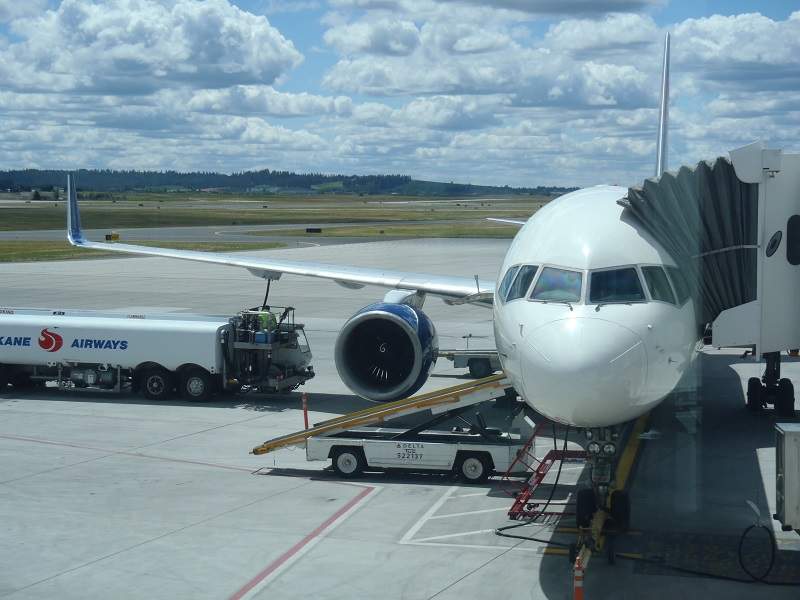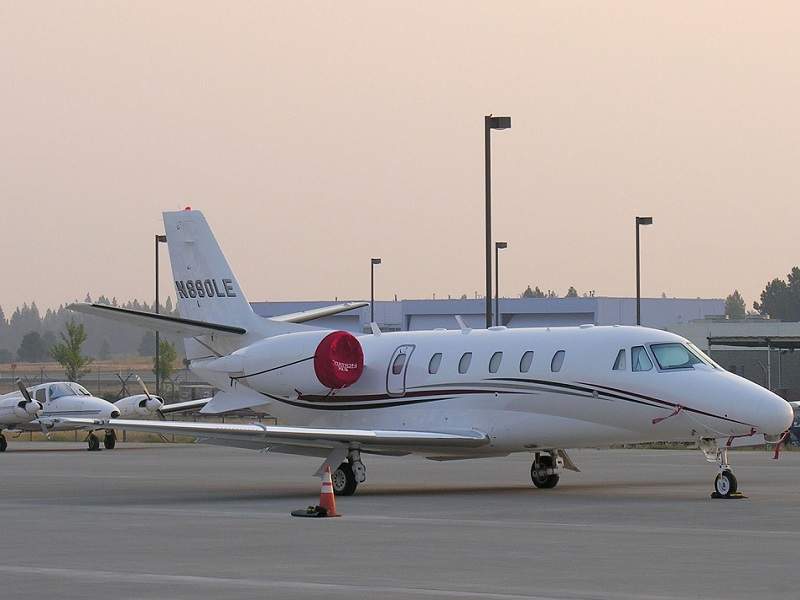Spokane International Airport (IATA: GEG) is located approximately 8km west of Spokane, Washington, US. It is one of the major airports operating in the region and serves as a small hub for logistics and freight services.
Jointly owned by City of Spokane and Spokane County, the airport is operated and managed by the Spokane Airport Board. It witnessed approximately 3.55 million passenger movements and handled 72,376t of cargo in 2017.
The airport has been witnessing a gradual increase in passenger traffic in recent years, which has prompted the airport authorities to plan a terminal expansion to meet the rising demand.
The proposed expansion will enhance the passenger experience, while providing additional capacity to address the passenger growth.
Spokane international airport terminal expansion details
A $130m terminal renovation and expansion project (TREX) is being undertaken by the airport authorities to handle the growing traffic. The existing security checkpoints will be revamped, a new baggage claim hall will be constructed, and the terminal expanded further to create additional space for operations.
Check-in hall in Concourse C will be expanded with the construction of an entrance hall, a new security screening checkpoint and a two-tier gate. A central baggage claim area and an airport operations centre will also be built between concourse A and B.
Construction works on the TREX project are expected to start in 2019.
Contractors involved
Design services for the TREX project are provided by Architectural Alliance International, which comprises WSP USA, Wolfe Architectural Group and T-O Engineers.
The $2.8m design contract with Architectural Alliance International was authorised by the Spokane Airport Board in April 2018.
T-O Engineers is responsible for the utility installation and relocation services of the project.
Details of the passenger terminals at Spokane airport
Spokane International Airport has a single main passenger terminal building, which handles both domestic and international passenger operations. The terminal features a concessions area called Rotunda and three concourses, namely A, B and C.
Concourses A and B are located to the west, connected by Rotunda. Concourse C on the east side of the terminal is located away from the other two concourses. It is connected by a Skybridge.
The terminal has 32 gates, a security checkpoint near Concourse C, and five baggage claim areas. The parking garage is stationed behind the terminal.
Spokane airport airside infrastructure
The airfield includes two asphalt-surfaced runways, which are designated as Runway 3/21 and Runway 7/25.
Runway 3/21 is 3,353m-long and 46m-wide, and can accommodate Boeing 767-300 aircraft. The Runway 7/25 is 2,499m-long and 46m-wide and can accommodate Boeing 737-500 / Bombardier Q400 aircraft.
The airport has undergone a number of expansions and renovations since its establishment. A master plan was formulated for the airport development in 2003. The Runway 3/21 was renovated and extended by 610m in 2010 as part of the plan.
A new master plan was devised in 2014 to make the airport future-ready for uninterrupted services up to 2030. A third runway will be built along with the taxiways and other necessary expansions carried out as part of the plan.
History and details of Spokane International Airport
Established in the name of Sunset Field, the airport was acquired and renamed as Geiger Field by the US War Department during World War II. It was used as a training base by the USAF’s Second Air Force throughout the war.
The airfield was later converted into an aircraft maintenance facility by the Air Technical Service Command. The facility was transferred to the Spokane County by War Assets Administration in 1945. It became Spokane’s municipal airport in 1946 and was renamed as the Spokane International Airport in 1960.




